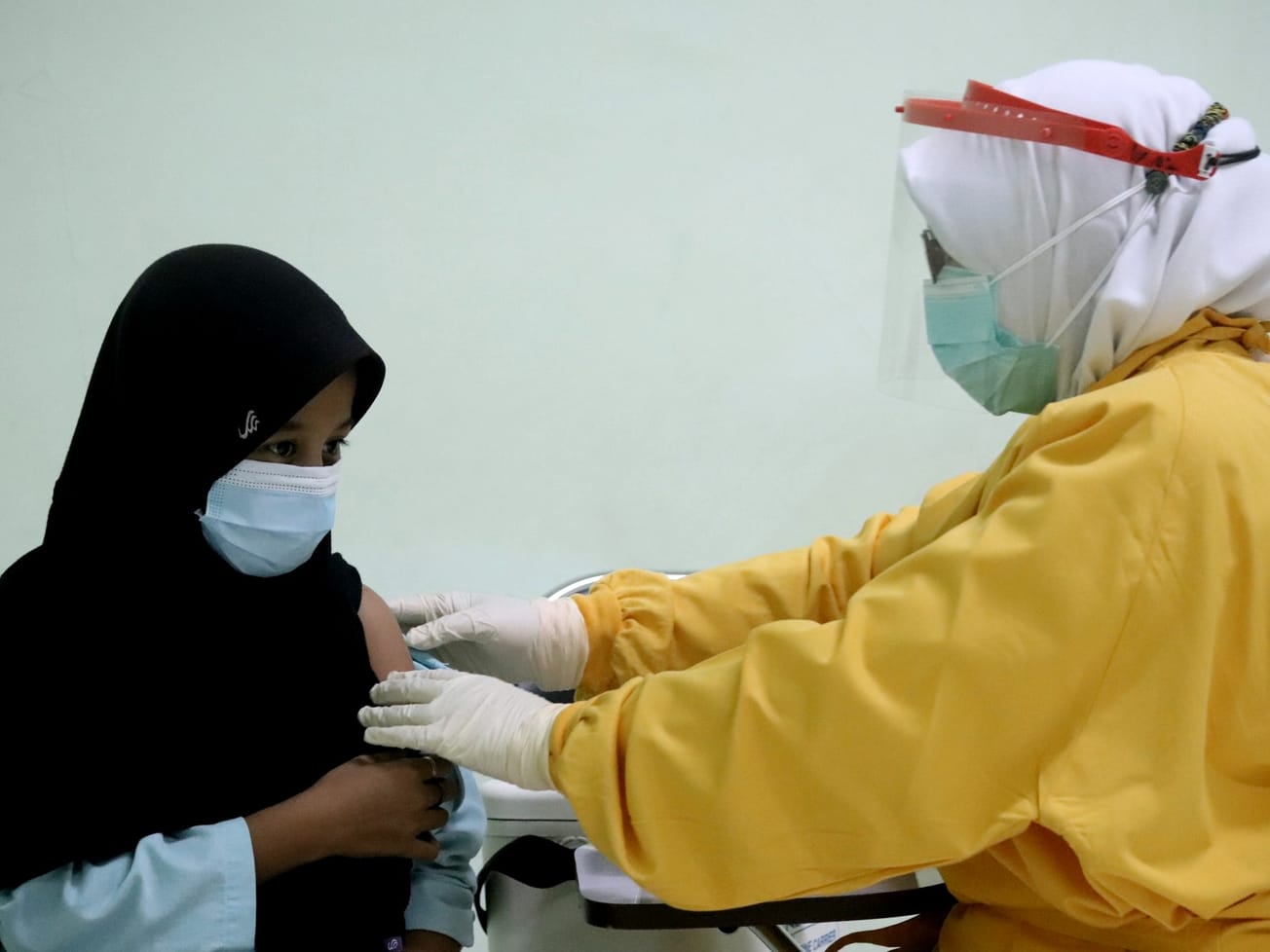A suppressed World Health Organization report critical of Italy's initial pandemic response says hospitals were "improvised, chaotic and creative," dangers to elderly went unrecognized and training was haphazard.
Crucially, the report showed the Italian health ministry had not substantially updated its influenza pandemic preparedness plan since the nation's 2006 bout with acute respiratory syndrome, or SARS.







